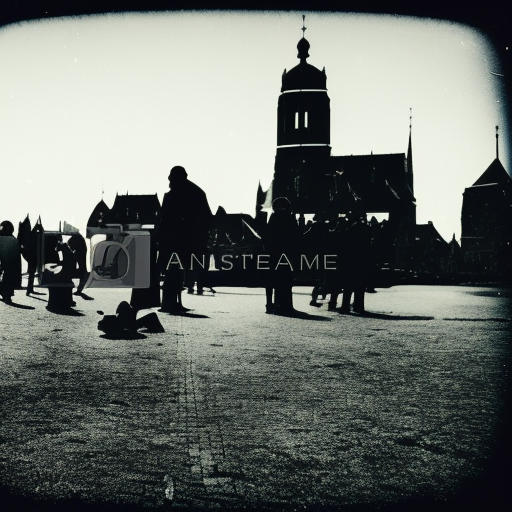Siege of Breda: A Turning Point in the Eighty Years’ War
The Siege of Breda, which took place from 28 August to 11 October 1624, was a significant event in the Eighty Years’ War between the Dutch Republic and the Spanish Empire. The siege was a turning point in the war, as it marked the first major victory for the Dutch and demonstrated their ability to withstand a long and intense siege.
The Background:
The Eighty Years’ War began in 1568 when the Dutch rebels, led by William of Orange, revolted against Spanish rule. The Spanish Empire, under the leadership of King Philip II, sought to suppress the rebellion and maintain control over the Netherlands. Breda, a strategic city in the southern Netherlands, was one of the Spanish strongholds that the Dutch aimed to capture.
The Siege:
The Siege of Breda was led by the Dutch military commander, Maurice of Nassau, who devised a plan to besiege the city. The Dutch forces surrounded Breda and cut off its supply lines, effectively isolating the city. The Spanish garrison, under the command of Ambrogio Spinola, was well-fortified and prepared for a long siege.
The Dutch forces faced numerous challenges during the siege, including Spanish counterattacks and a shortage of supplies. However, they persevered and employed innovative tactics to overcome these obstacles. One notable example was the use of a “flying bridge” to breach the city’s defenses, allowing the Dutch troops to enter Breda.
The Surrender:
After a grueling 55-day siege, the Spanish garrison in Breda was on the brink of surrender. The Dutch forces had successfully breached the city’s defenses and were closing in on the Spanish troops. Recognizing the futility of further resistance, Spinola negotiated the terms of surrender with Maurice of Nassau.
The surrender of Breda was a significant victory for the Dutch Republic. It demonstrated their military prowess and boosted morale among the Dutch population. The capture of Breda also had broader implications for the Eighty Years’ War, as it weakened Spanish control over the southern Netherlands and encouraged other cities to join the Dutch cause.
The Impact:
The Siege of Breda had a profound impact on military strategy and warfare tactics. It showcased the effectiveness of siege warfare and the importance of meticulous planning and innovation. The flying bridge used by the Dutch forces became a model for future military engineers.
The siege also had a lasting cultural impact. The surrender of Breda inspired the famous painting “The Surrender of Breda” by Diego Velázquez, which depicted the moment of capitulation. The painting is considered a masterpiece and is housed in the Museo del Prado in Madrid.
The Legacy:
The Siege of Breda is remembered as a turning point in the Eighty Years’ War. It marked the first major victory for the Dutch Republic and boosted their confidence in their ability to resist Spanish rule. The capture of Breda also paved the way for further Dutch successes in the war and contributed to the eventual independence of the Dutch Republic.
In conclusion, the Siege of Breda was a significant event in the Eighty Years’ War. It demonstrated the Dutch Republic’s military prowess and marked a turning point in the conflict. The siege showcased innovative tactics and had a lasting impact on military strategy. The surrender of Breda boosted Dutch morale and weakened Spanish control over the southern Netherlands. Overall, the Siege of Breda played a crucial role in shaping the outcome of the Eighty Years’ War.












